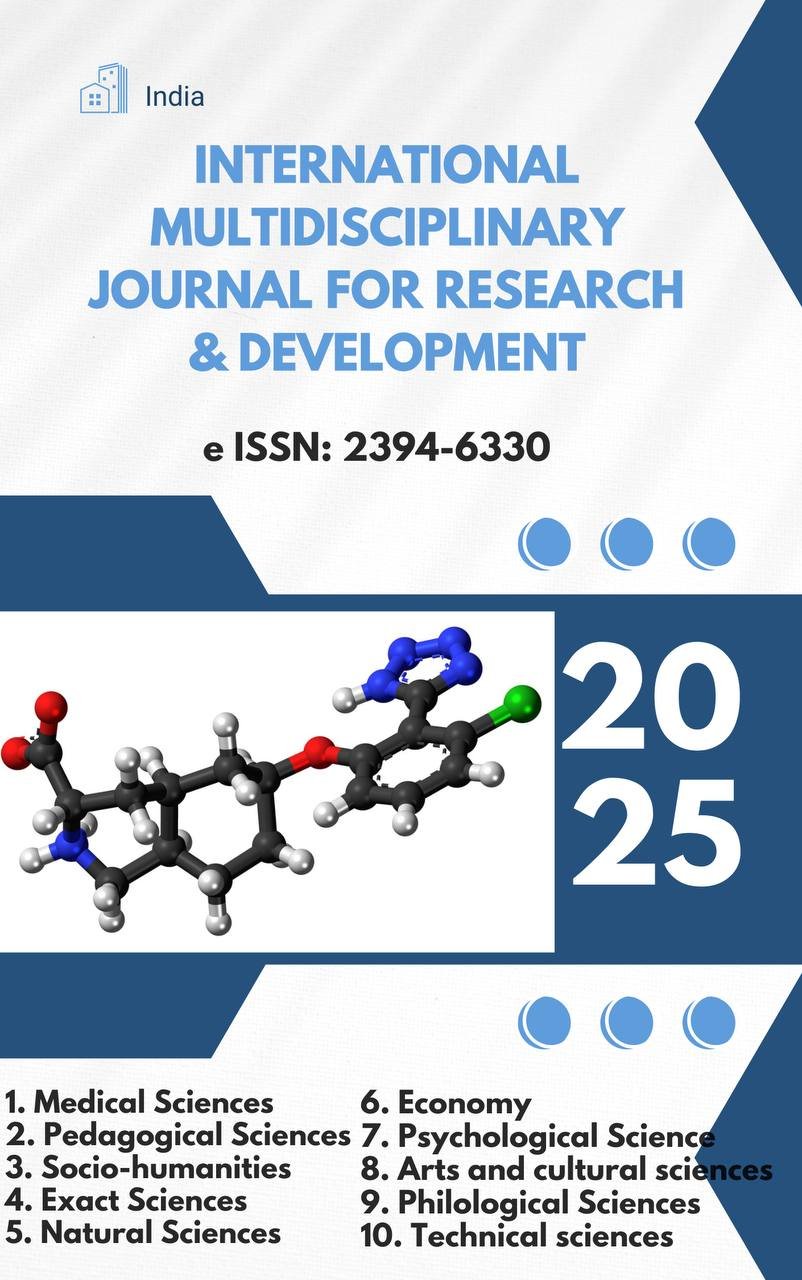SEMANTIC CHANGE AND POLYSEMY IN THE ENGLISH LANGUAGE: MECHANISMS, MOTIVATIONS, AND LEXICAL OUTCOMES

Abstract
The evolution of word meaning over time is a central concern in historical and cognitive linguistics. This article investigates two interrelated phenomena: semantic change, where meanings shift historically, and polysemy, where a single word possesses multiple related meanings simultaneously. Through a theoretical and data-driven approach, the paper explores how processes such as metaphor, metonymy, broadening, narrowing, and amelioration drive semantic transformation. The study further differentiates polysemy from homonymy, analyzes its cognitive mechanisms, and examines its treatment in dictionaries and computational linguistics. Examples from English, Uzbek, and Russian illustrate how semantic flexibility reflects cultural, social, and pragmatic forces. The findings reveal that semantic change and polysemy are not random but patterned, shaped by both human cognition and communicative needs.
Keywords
Semantic change, polysemy, lexical meaning, language evolution, metaphor, homonymy, lexical semantics
References
- Bloomfield, L. (1933). Language. New York: Holt.
- Cruse, D. A. (1986). Lexical Semantics. Cambridge University Press.
- Geeraerts, D. (2010). Theories of Lexical Semantics. Oxford University Press.
- Karimov, M. (2005). Semantik o‘zgarishlar va ularning leksik tizimdagi o‘rni. Tashkent: Fan.
- Kilgarriff, A. (2003). Corpus-based approaches to lexicography. International Journal of Lexicography, 16(3), 221–229.
- Lakoff, G. (1987). Women, Fire, and Dangerous Things: What Categories Reveal About the Mind. University of Chicago Press.
- Lyons, J. (1977). Semantics. Cambridge University Press.
- Ruhl, C. (1989). On Monosemy: A Study in Linguistic Semantics. SUNY Press.
- Sinclair, J. (1991). Corpus, Concordance, Collocation. Oxford University Press.
- Traugott, E. C., & Dasher, R. B. (2002). Regularity in Semantic Change. Cambridge University Press.
- Ullmann, S. (1962). Semantics: An Introduction to the Science of Meaning. Oxford: Basil Blackwell.
- Vinogradov, V. V. (1946). Lexika i semantika russkogo yazyka. Moscow: Nauka.